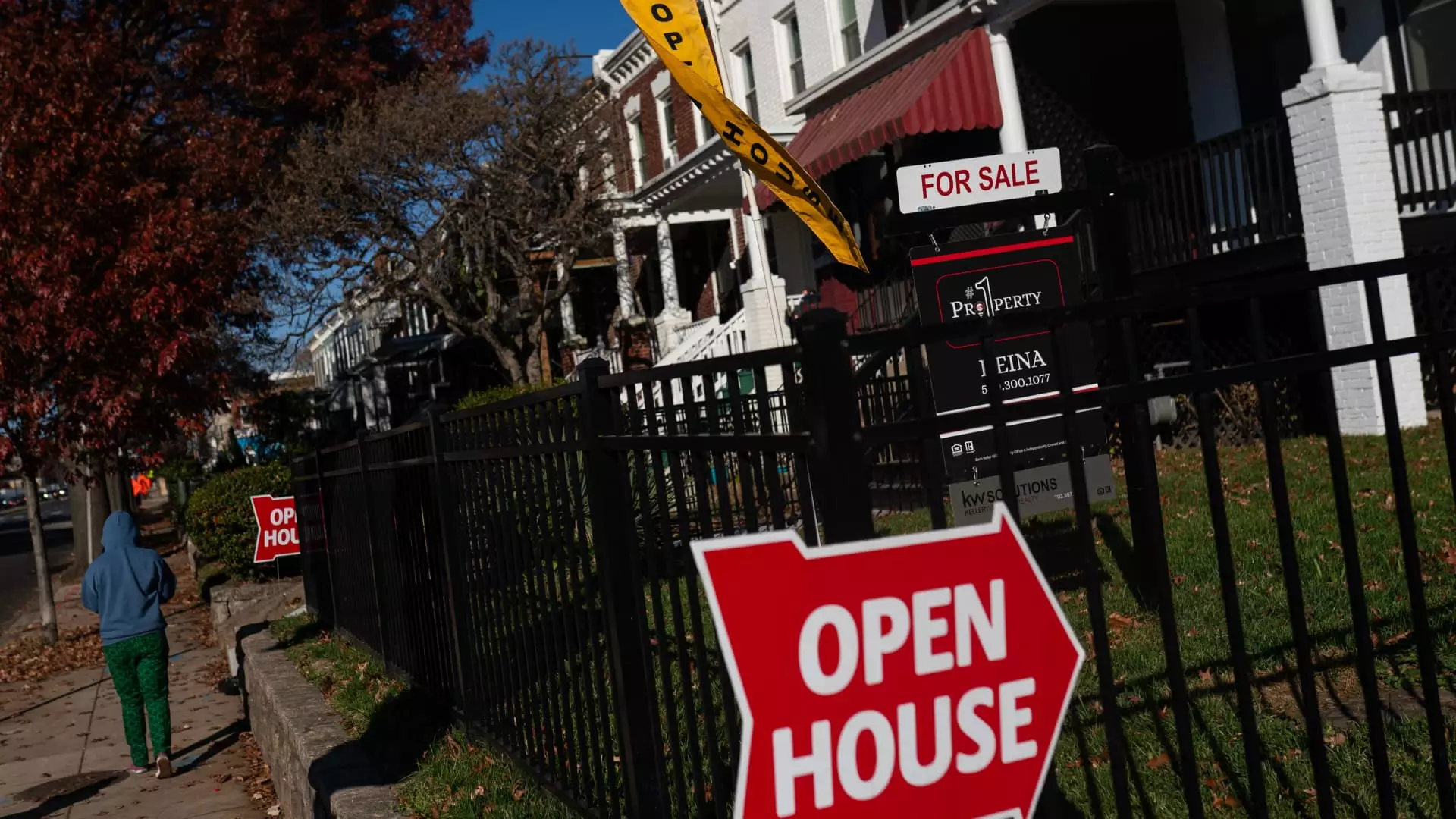The recent landscape of mortgage demand is troubling, with a significant downturn that merits urgent attention. Data from the Mortgage Bankers Association indicates a stark 6.2% drop in total mortgage application volume. This was fueled primarily by two factors: an increase in mortgage rates and an overarching uncertainty regarding economic stability. The average interest rate for a 30-year fixed-rate mortgage surged to 6.72%, up from 6.67%, signaling a potential shift that could stifle the market’s recovery. Unlike the hopeful trends seen in previous weeks, this downturn reveals cracks in the housing market that could lead to broader repercussions.
The Challenge of Refinancing
While refinancing applications plummeted by 13%, it’s crucial to understand that they remain 70% higher compared to this time last year. Such a statistic opens up an intriguing paradox. Although current rates present limited options for refinancing—especially when contrasted with the historically low rates of just three years ago—the illusion of better refinancing becomes apparent. The market is filled with a dwindling number of homeowners able to capitalize on the existing rate changes, leaving many stranded and bereft of favorable options in troubled waters.
The Flatlining of Purchase Applications
Interestingly, although the refinancing sector saw a sharp decline, applications for purchasing homes barely moved from the previous week, only inching up by 0.1%. However, a year-on-year increase of 6% does signal some resilience. A notable uptick in FHA applications also suggests a slight awakening in homebuying activity, albeit one that raises questions about sustainability. The growing inventory of homes on the market may foster a short-lived optimism, but it does little to dispel the broader concerns. Are the current conditions an anomaly, or are they indicative of systemic issues lurking beneath the surface?
Rates and Stability: A Fragile Balance
Mortgage rates have recently shown minor fluctuations, lingering within a narrow band for weeks. The precarious nature of these fluctuations might offer a temporary reprieve for prospective buyers, yet they do not provide a solid foundation for growth. Economic uncertainty looms; Wednesday’s Federal Reserve announcement could introduce pivotal changes that might exacerbate or alleviate the current circumstances. Should rates increase further, the housing market could face dire consequences, exacerbating an already delicate balance.
The Road Ahead: A Cautionary Tale
As we sift through the implications of the current mortgage demand downturn, it becomes increasingly clear that we may be teetering on the brink of a housing crisis. Political leaders and policymakers must take these signs seriously, rather than casting them aside in an illusion of recovery. The housing market does not operate in isolation; it reflects broader economic realities. If the current trends continue unchecked, not only will homeownership become increasingly out of reach for many families, but the very fabric of middle-class stability could begin to fray. Only time will reveal the outcome, but the signs are not promising.

